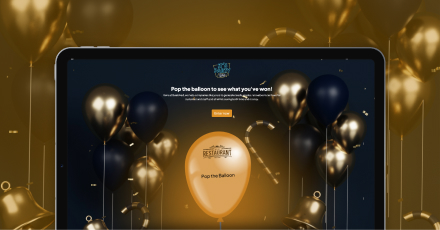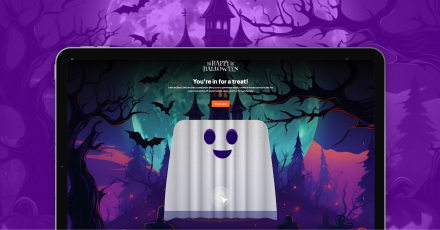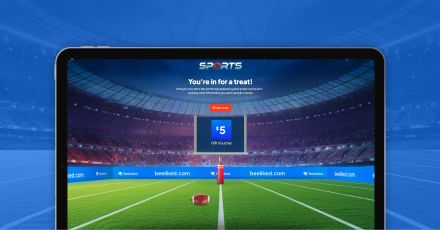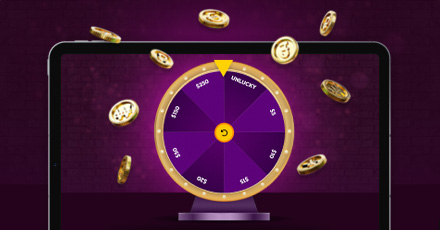Motivating employees is crucial to the success of any organization. An engaged workforce is more productive, innovative, and committed to the company’s goals. While many employers turn to salary raises or bonuses to drive motivation, the reality is that monetary incentives alone are not enough to keep employees motivated in the long run. In fact, research shows that non-financial rewards often have a more lasting impact on job satisfaction and performance. But how can organizations go beyond monetary rewards to truly inspire their employees?
The Misconception of Monetary Motivation

One of the most common mistakes employers make is assuming that money is the primary motivator for their workforce. While it’s true that compensation is important, it is not the sole factor driving employee engagement. According to a study highlighted by the Harvard Business School article “Money Isn’t Everything: The Dos and Don’ts of Motivating Employees,” monetary rewards can quickly lose their effectiveness over time. Employees tend to acclimate to pay raises, and after a while, the impact of financial incentives diminishes.
Instead, companies should focus on non-monetary motivators that appeal to an employee’s intrinsic values, such as recognition, professional development, and purpose. These factors contribute more significantly to long-term engagement and job satisfaction. Research supports that when employees feel valued and see meaning in their work, they’re more likely to be engaged with and motivated by it, contributing to the organization’s overall success.
Top Strategies to Motivate Employees
if money isn’t everything, what are the most effective ways to motivate employees? Here are four strategies that can help foster a motivated and engaged workforce:
1. Recognition and Rewards Programs
Recognition is one of the simplest yet most powerful ways to motivate employees. Studies show that employees who receive regular recognition are more engaged, productive, and likely to stay with their company longer. Recognition doesn’t have to be grand or expensive, it can be as simple as acknowledging someone’s efforts in a team meeting or sending a personalized note of appreciation.
Implementing an employee recognition platform or program highlighting achievements such as anniversaries, project completions, or outstanding performance can create a culture of appreciation. For example, offering employee anniversary gifts or celebrating milestones with tailored rewards makes employees feel valued for their contributions. These gestures can be a part of a structured rewards program where employees earn points for achievements that can be redeemed for gifts or experiences.
2. Creating a Positive Work Environment
A positive work environment is fundamental for employee motivation. Employees thrive in workplaces where they feel supported, trusted, and part of a community. Establishing a positive culture involves creating open lines of communication between employees and management, promoting collaboration, and promoting work-life balance.
Trust is a critical component of a healthy work environment. When employees trust their managers and believe that their company has their best interests at heart, they are more likely to feel committed to the company’s goals. Flexibility is another key factor. Offering options like remote work, flexible hours, or even unlimited vacation time can greatly increase employee satisfaction.
Companies should also focus on building strong interpersonal relationships among team members. Offering opportunities for social interaction by promoting teamwork and encouraging a collaborative spirit can create an environment where employees feel connected and motivated to work together towards common goals.
3. Professional Development and Growth
Opportunities for growth and development are among the most important motivators for employees. People want to know that they have a future with the company and that their efforts will lead to personal and professional advancement. Companies that invest in their employees’ development are more likely to retain top talent and inspire loyalty.
Providing access to training programs, workshops, or educational stipends can help employees build new skills and advance in their careers. Mentorship programs are another effective way to nurture professional growth. Pairing employees with experienced mentors who can guide them in their career paths can encourage purpose and drive. Employees who feel like they are continuously learning and growing within their roles are less likely to become stagnant and disengaged.
In addition to formal development opportunities, companies should encourage ongoing feedback and performance reviews. These conversations provide employees with insights into their strengths and areas for improvement, while also helping them set achievable goals for future development.
4. Purpose and Meaning
A sense of purpose is one of the most powerful motivators for employees. When people feel that their work contributes to something greater than themselves, they are more likely to be engaged and motivated. Purpose-driven organizations help employees connect their roles to the company’s broader mission, creating a shared sense of achievement.
Leaders play a critical role in facilitating this sense of purpose. They should regularly communicate how individual contributions align with the organization’s goals and impact the greater good. For example, if a company is committed to sustainability, leaders can emphasize how employees’ efforts contribute to environmental conservation. Helping employees see the bigger picture creates a deeper connection to their work and inspires them to go above and beyond in their roles.
How Gamification Motivates Employees

Gamification is highly effective because it taps into core human drives such as competition, achievement, and recognition. These elements naturally engage employees, making tasks more enjoyable and rewarding. Turning work-related goals into fun, game-like challenges activates a sense of accomplishment and motivation. This leads to greater productivity as employees are not only focused on completing tasks but are also driven by a desire to earn rewards, gain recognition, and track their progress.
With BeeLiked’s gamified solutions, companies can easily implement these strategies, offering personalized rewards that resonate with each employee, and making recognition an integral part of everyday work. This ensures a more inclusive and motivating work environment where everyone can succeed. Here are several ways gamification boosts employee motivation:
- Boosted Engagement: Gamified rewards make the recognition process more interactive and exciting. Incorporating stimulating challenges and competition drives higher levels of engagement as employees are more likely to participate regularly. As employees actively engage with the reward system, their connection to their work and colleagues is enhanced, increasing overall productivity.
- Immediate Recognition: One of the main advantages of gamification is the ability to provide real-time rewards. Employees receive instant feedback on their accomplishments, reinforcing positive behavior and motivating them to continue performing well. The immediate nature of these rewards ensures that appreciation is felt when it matters most – right after a job well done. For example, employees can receive a mystery envelope for achieving above & beyond their weekly or monthly KPIs, winning instant rewards such as a wellness perk (a free yoga class or a massage), or personalized gift cards.
- Personalized Motivation: Gamified rewards can be tailored to each employee’s preferences to make recognition more meaningful. Offering personalized incentives, such as rewards that resonate with individual interests or goals allows companies to cultivate a deeper sense of appreciation. Personalization helps employees feel seen and valued for their unique contributions, boosting long-term motivation.
- Fostering Healthy Competition: Introducing friendly competition through individual or team-based challenges encourages employees to push their boundaries. Healthy competition can be a powerful motivator, motivating employees to achieve more and reach both personal and collective goals.
- Data-Driven Insights: Gamification tools also allow companies to gather valuable data on employee behavior and performance. Businesses can use this data to identify trends, recognize areas of improvement, and fine-tune their recognition strategies. These insights help create a more responsive and dynamic workplace, where employees’ efforts are consistently acknowledged in ways that matter to them.
Motivate and Engage for Long-Term Success
Motivating employees goes beyond offering monetary rewards. Shifting focus to recognition, enabling a positive work environment, providing growth opportunities, and connecting employees to a sense of purpose, inspires long-term engagement and loyalty. The most successful organizations are those that understand the diverse needs of their workforce and offer tailored approaches to motivation. For more insights on how to engage and motivate your employees, explore BeeLiked’s employee engagement solutions to discover innovative ways to recognize, reward, and engage your team effectively.



















